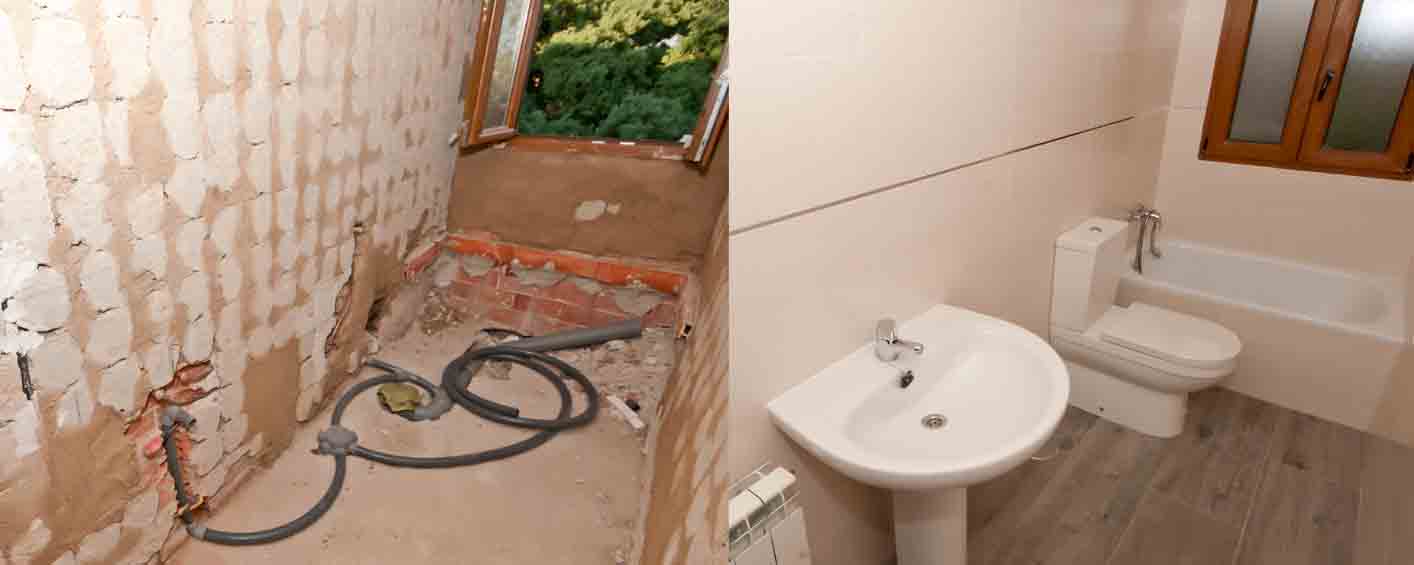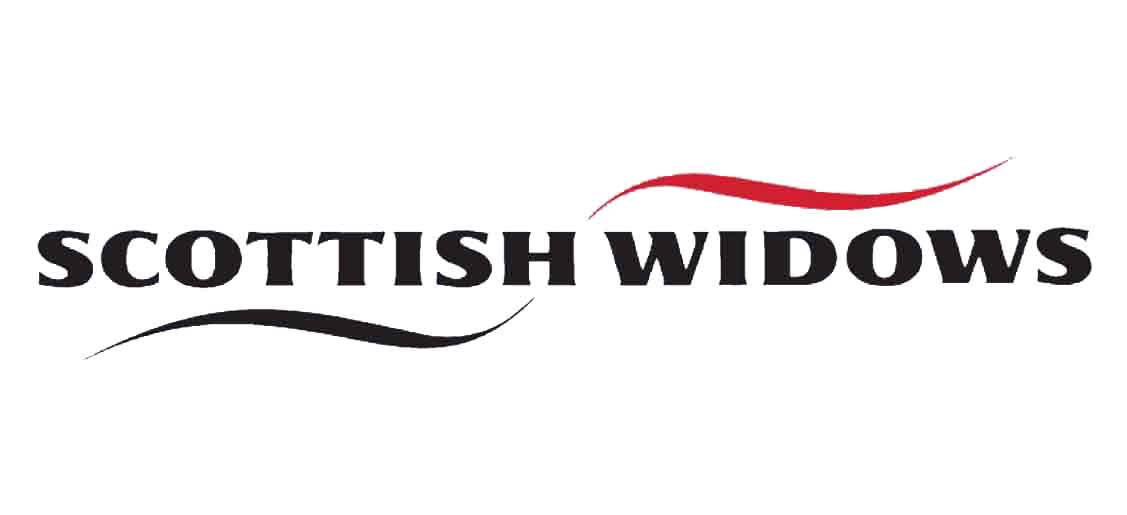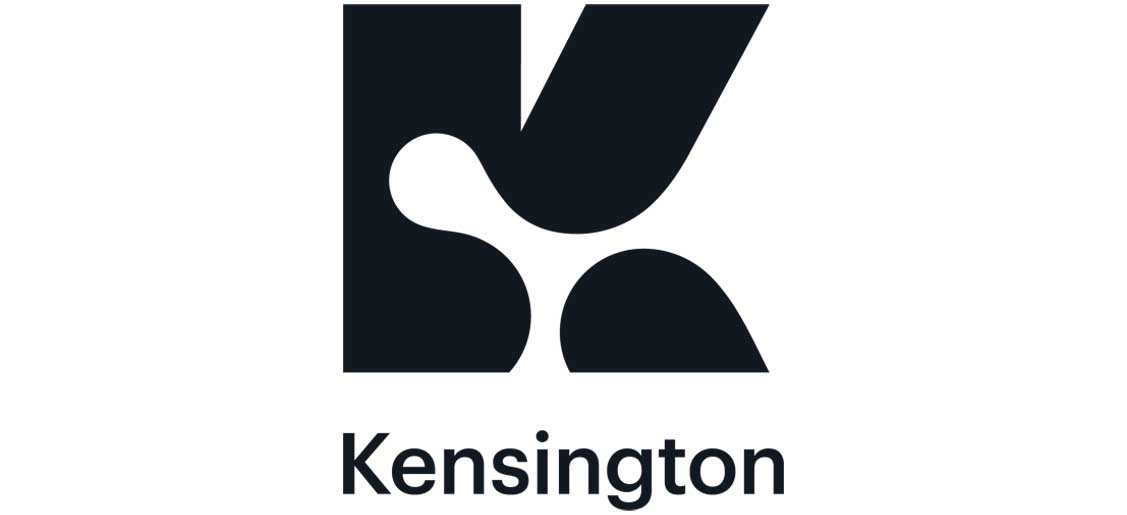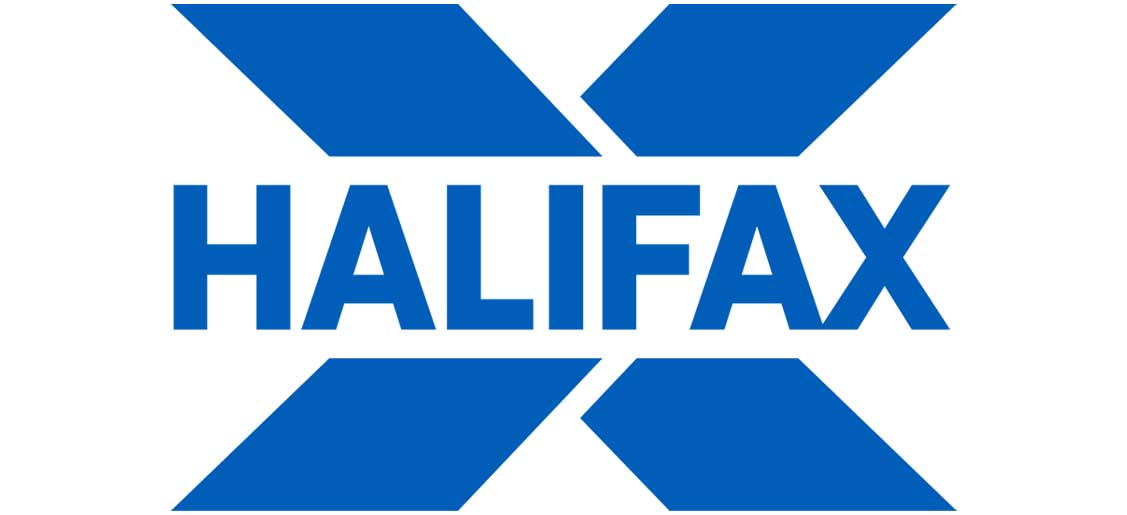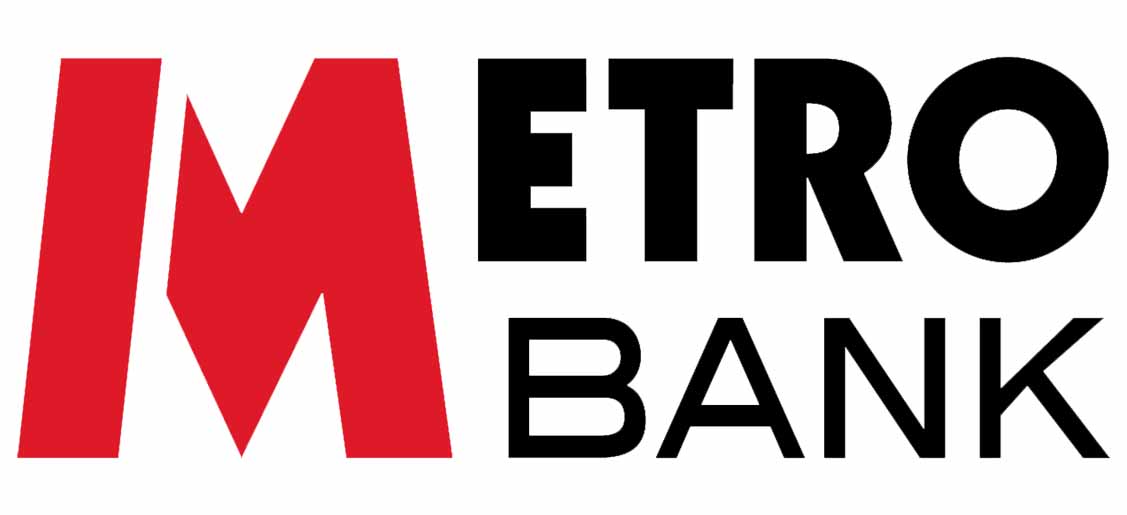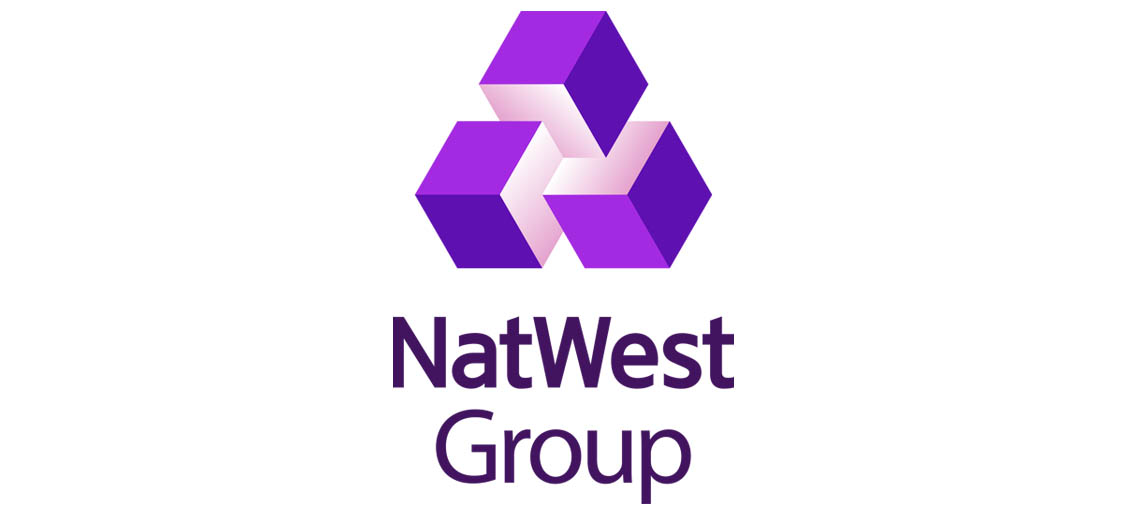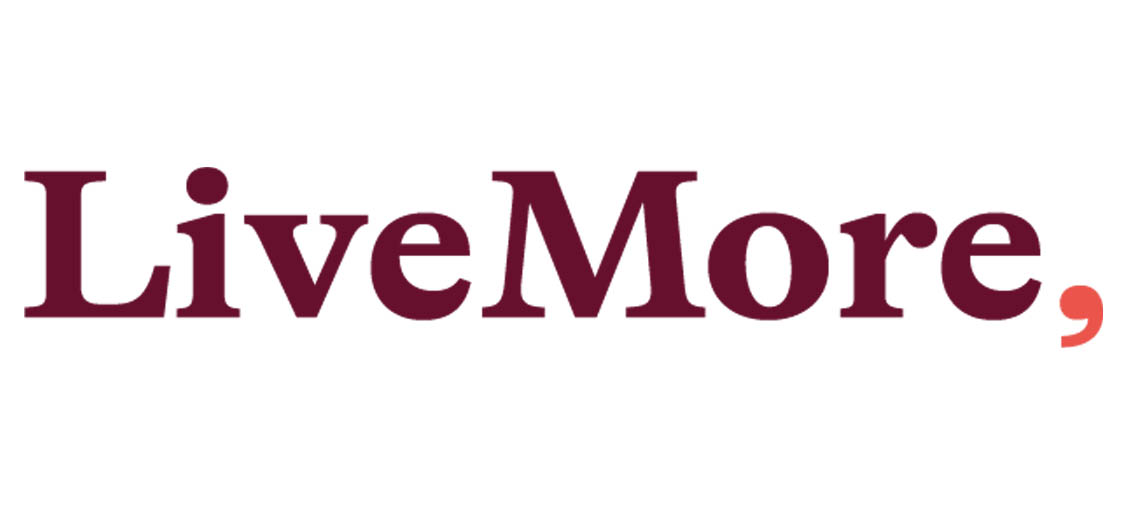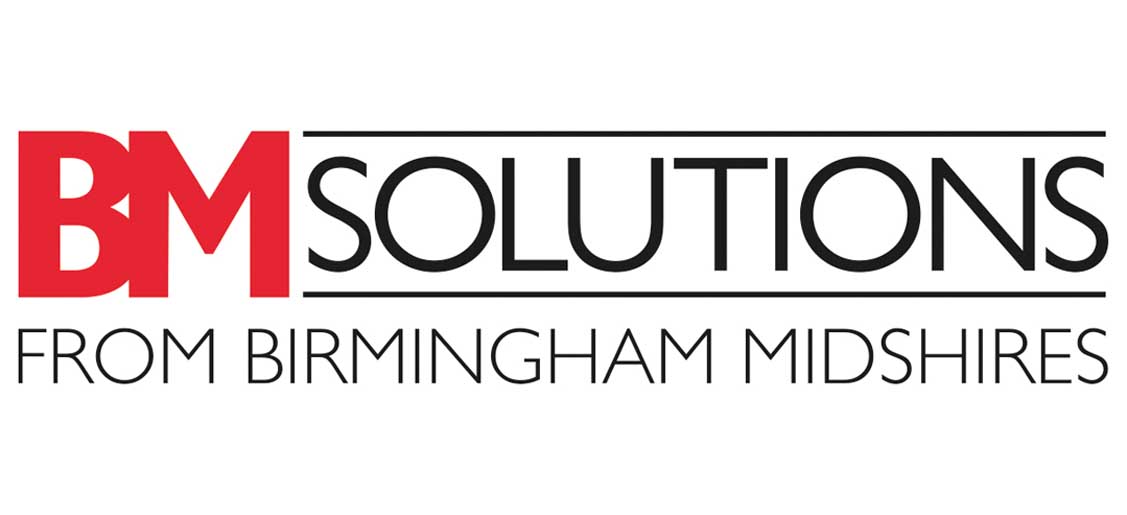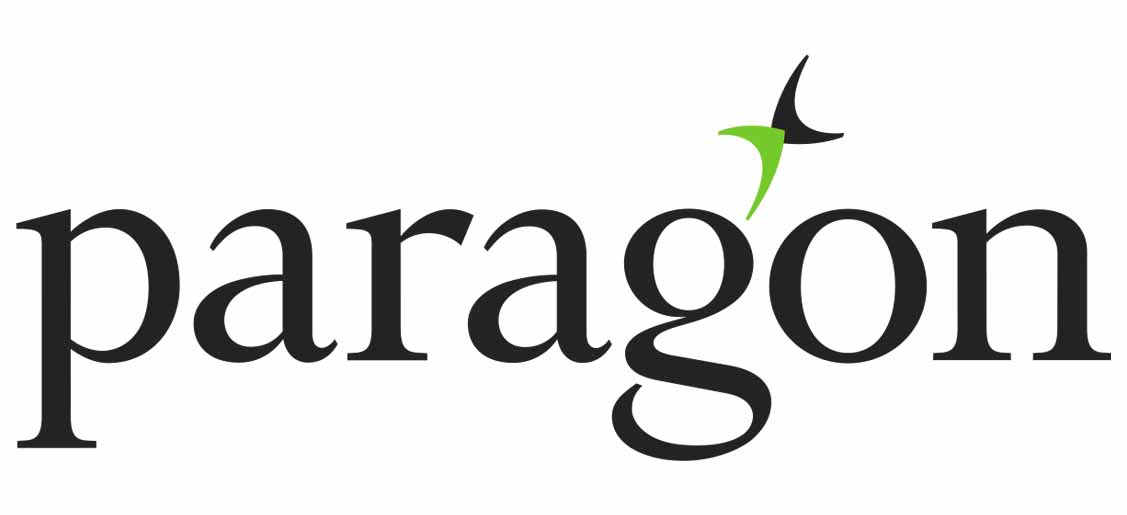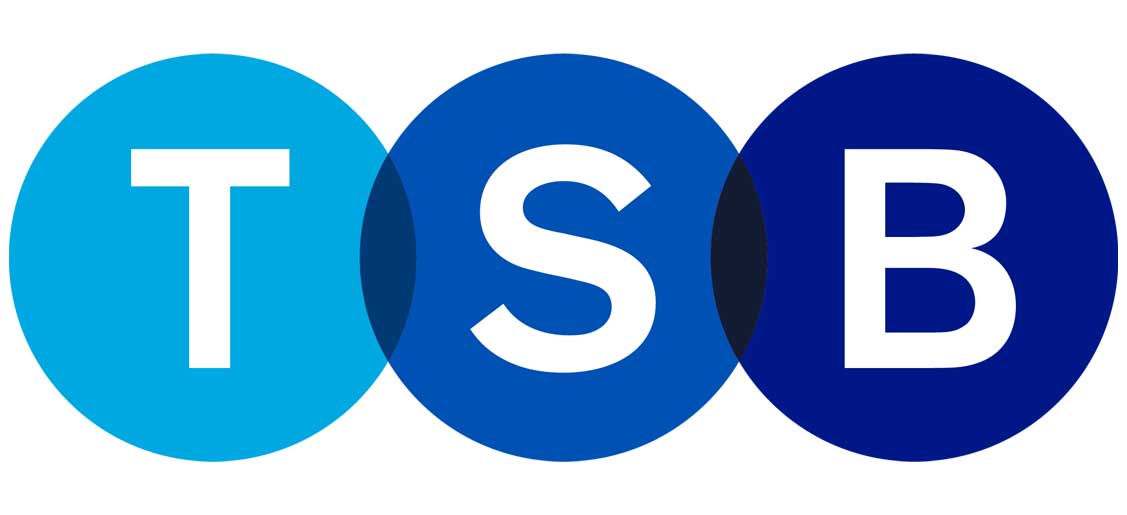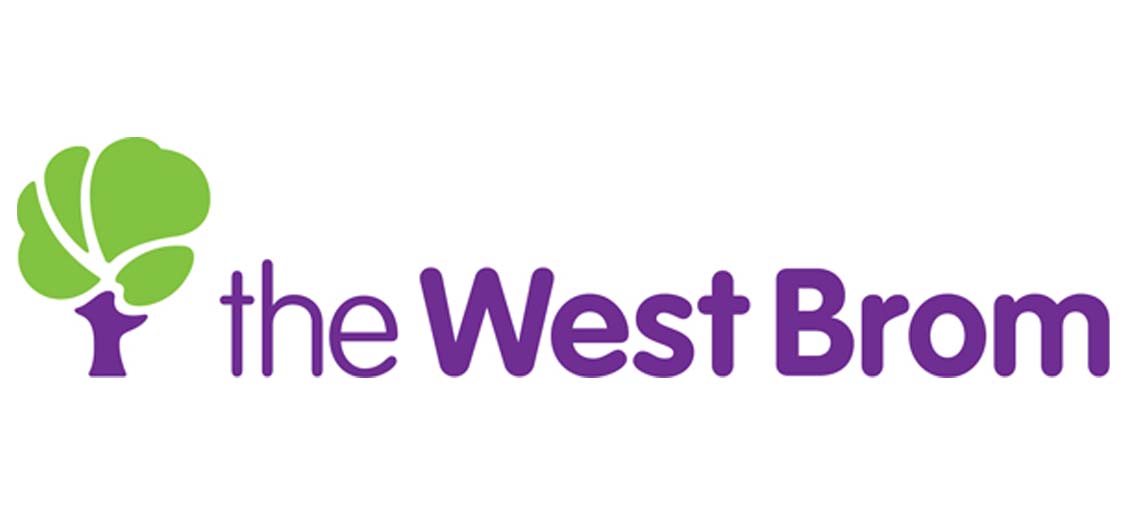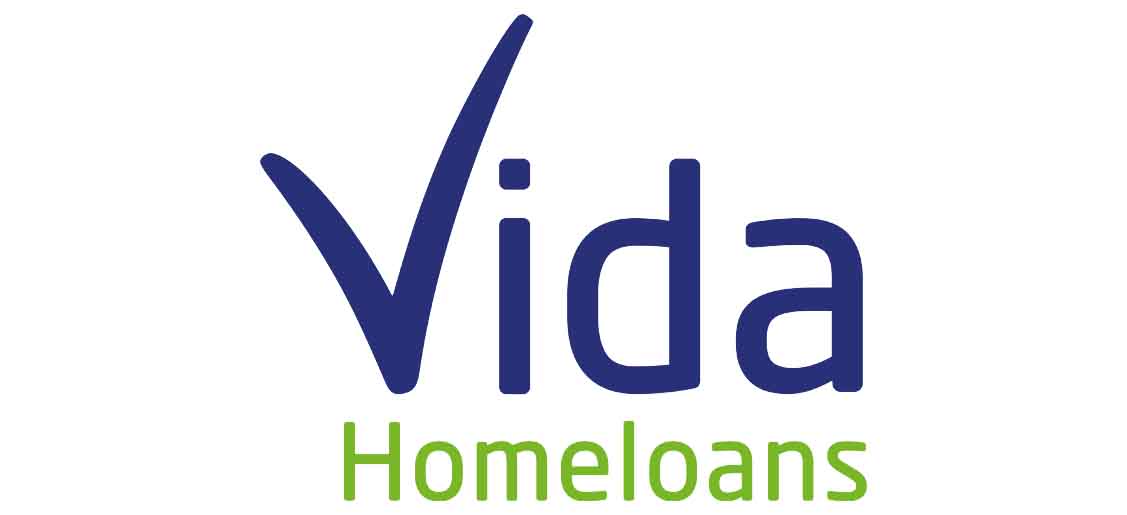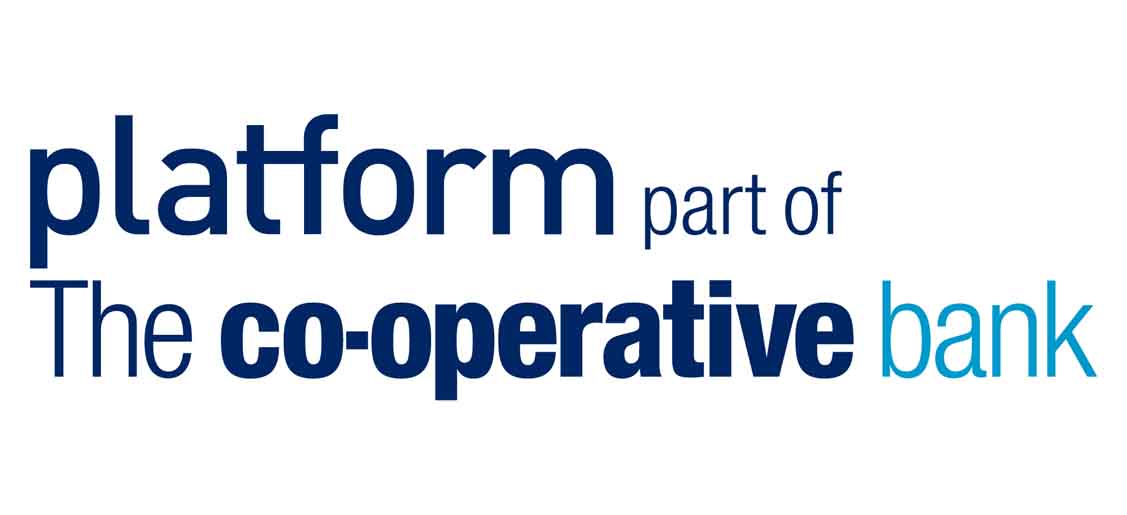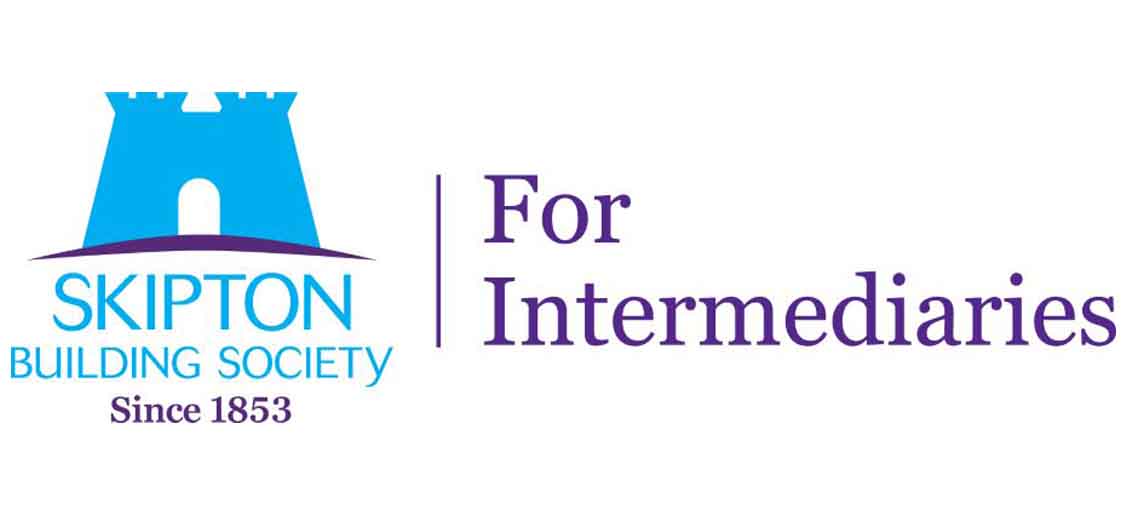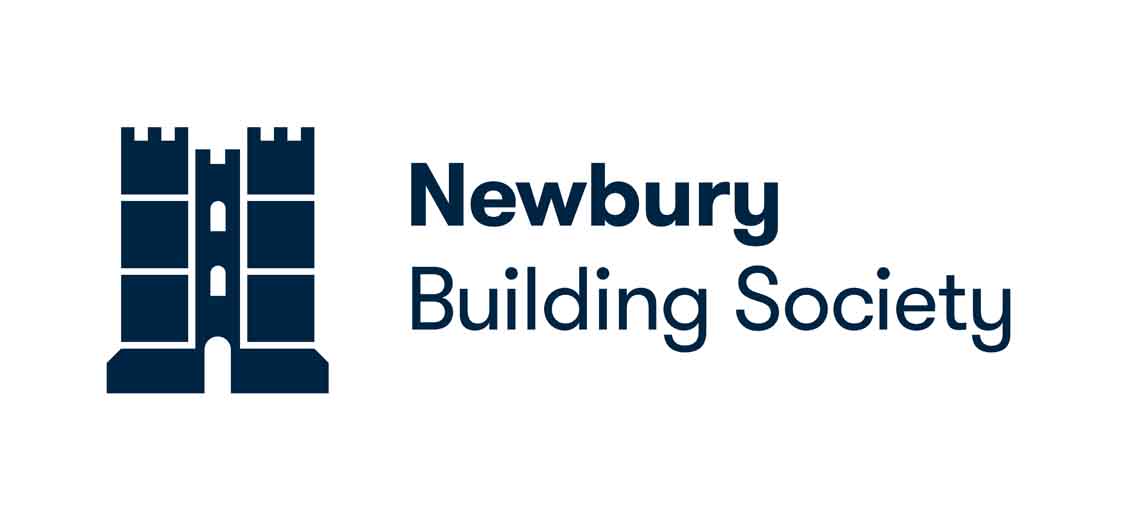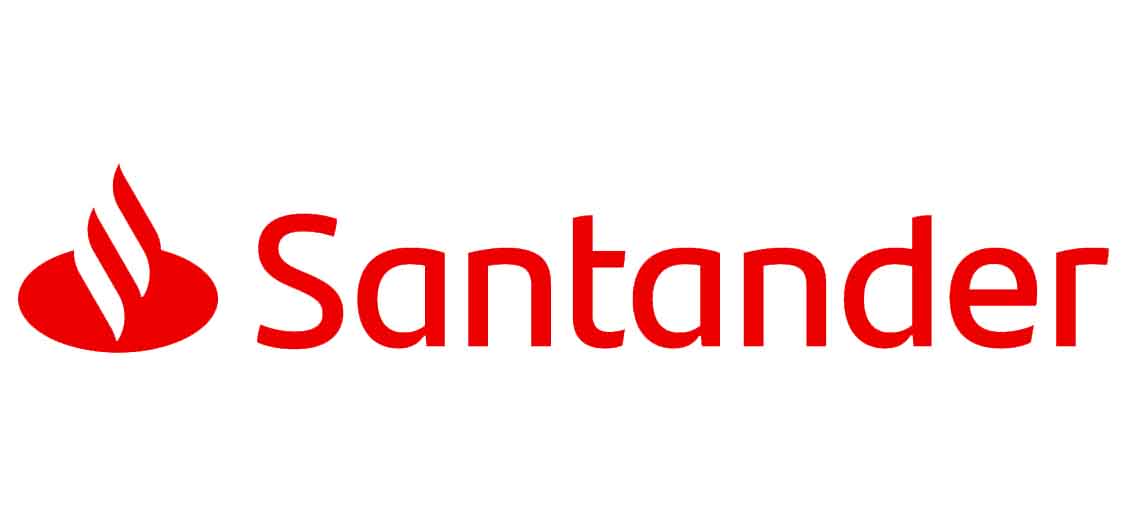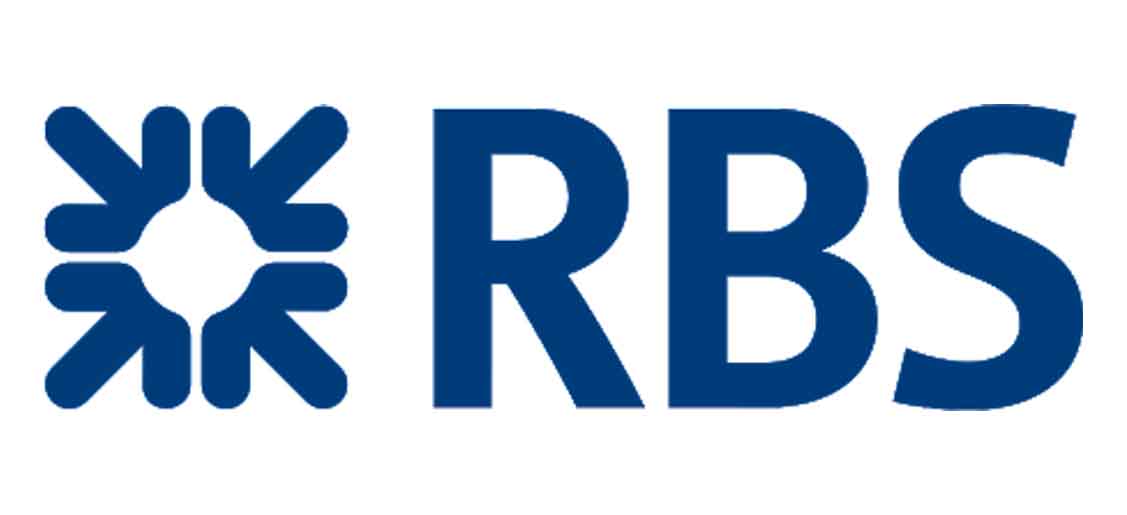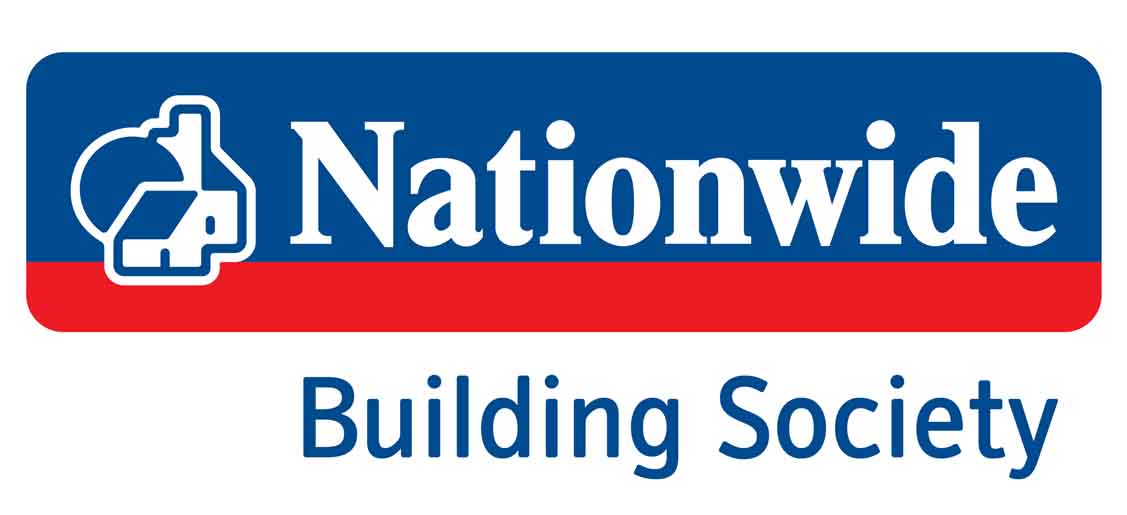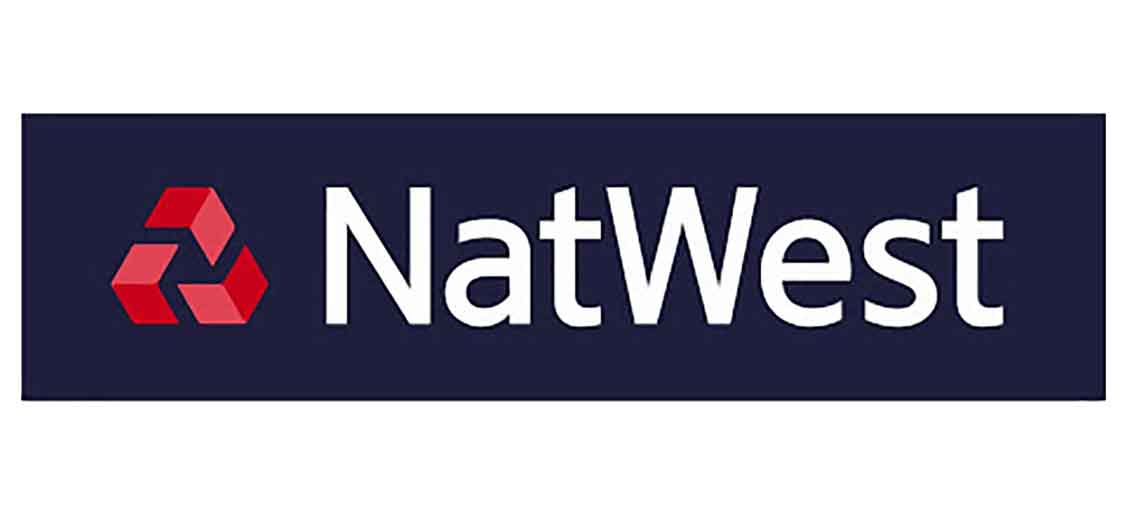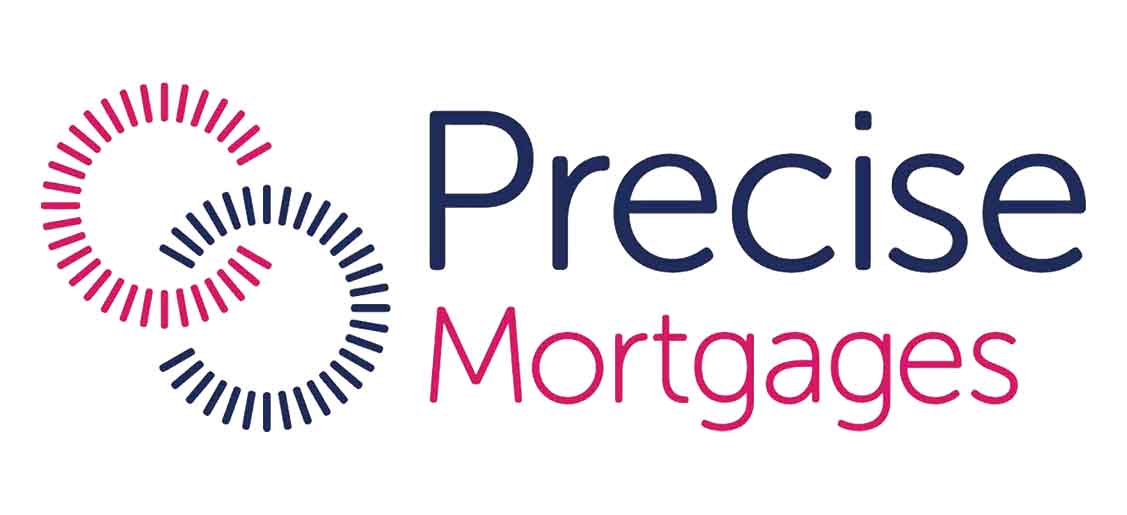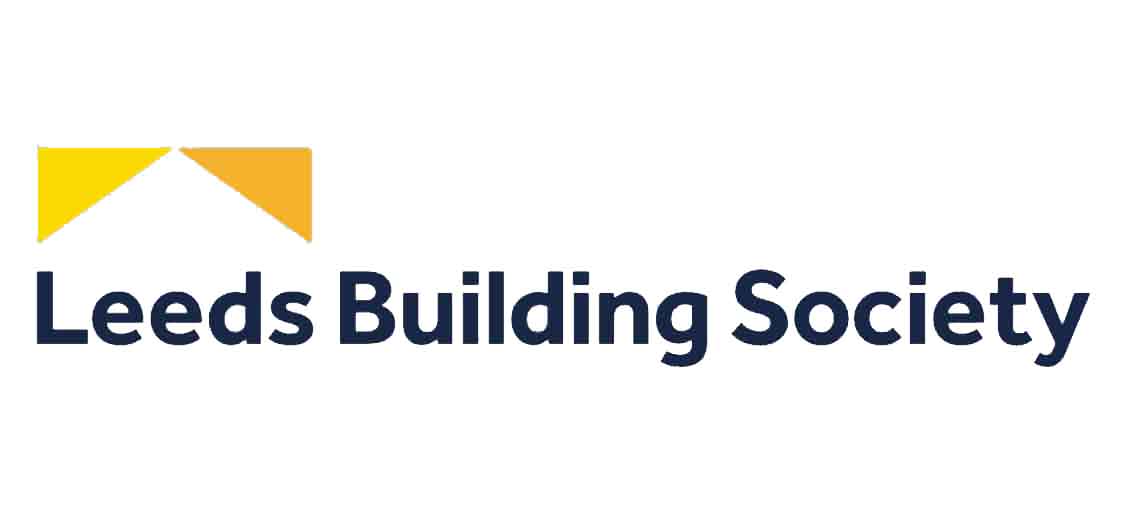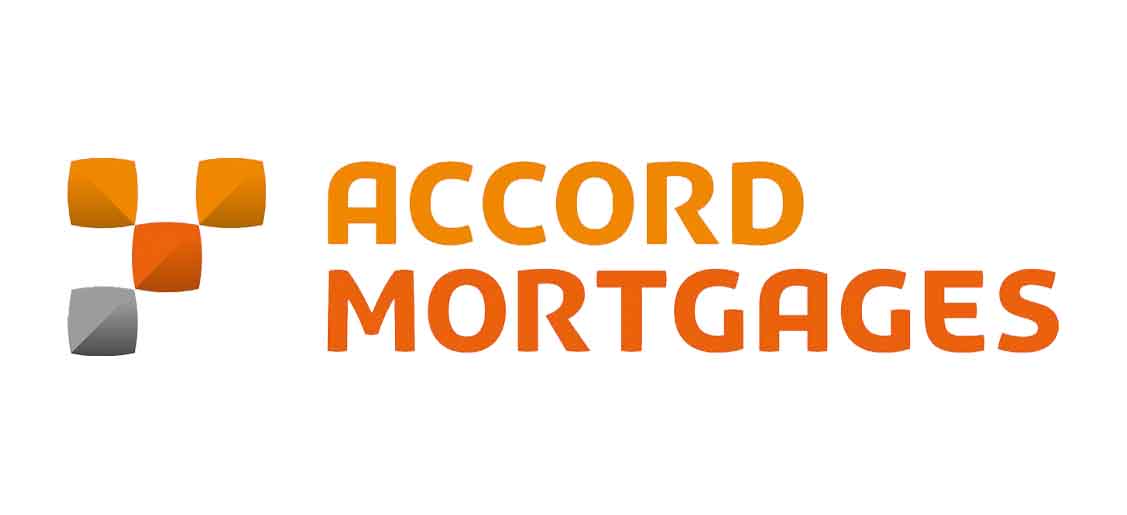Refurb buy to let & Portfolio Landlords
Landlords often want to add value to a home before renting it out to tenants to improve the rental income, but mortgage lenders typically only value a property based on its current state, not what it will be worth after refurbishment has been completed post-purchase. This means the value and rental income figures are based on the properties current condition vs what it will be worth therefore possibly making the purchase financially unviable. Financing for refurbishment projects has previously been more difficult to obtain; however, a new buy-to-let mortgage available through ➡️ yourpropertyfinancial.com now makes this simpler.
The Refurbishment buy-to-let mortgage makes it easier for landlords to undertake these works and this can work even if this is just the one buy to let you plan to do or if you are looking to grow your portfolio.
The buy-to-let refurbishment mortgage offers landlords an opportunity to buy a property needing light and general works (Non-structural). Once the refurbishments are finished, they can refinance on a valuation agreed at the outset. With this refurbishment mortgage, landlords have a six-month window to complete the works. There will be no hassle with surveyors afterwards concerning subsequent changes in the market or disapproval with the finished project – problems many buy-to-let landlords who have taken on refurbishment projects have experienced in the past.
The original survey will reveal the future valuation and rental income once the renovations are completed. After a re-inspection, the lender then allows landlords to borrow back the money they’ve spent for the works on the new mortgage, offering a way to finance the project.
Most Buy-to-Let Mortgages are not regulated by the Financial Conduct Authority.
Portfolio Landlords
A Portfolio landlord is someone who has 4 or more buy to let mortgaged properties owned in their name, either through a Ltd company or in their own personal name.
In recent years the process, fees and paperwork for Portfolio landlords has increased significantly due to regulatory guideline changes from the PRA (Prudential Regulation Authority – essentially an arm of the Bank of England) around clients with multiple properties and how they should be assessed for a mortgage.
It’s important to remember every lender has their own definition however within those guidelines from the PRA and depending on how many properties you own now or will do potentially subject to a transaction in progress will differentiate whether you’re considered as Portfolio landlord at time of application or not.
There is also a lender to lender internal limit on the maximum number of buy to lets you can hold either with them or with other lenders so careful planning is needed to ensure you’re proceeding with a buy to let mortgage with the right lender for you.
When it comes to the different approach to underwriting and paperwork that are required of Portfolio Landlords some of the typical requirements are as follows:
- Property portfolio breakdown
- Cashflow forecast spreadsheet
- Business plan
- 3 months bank statements
- Income and expenditure spreadsheet
- SA302’s and tax overviews from HMRC
- Tenancy agreements for all properties
Most of the lenders will have their own formatted versions of the above but some will accept your versions of these. Some lenders will additionally ask for further documents as required from Underwriting and your mortgage broker will usually be able to get clarity of what this might be before you start the process.
The easiest way to think of the above is essentially by running so many properties you’re viewed as running a business and like any business applying for a loan, it will need to evidence it’s income, expenditure and plans for the future.
Many lenders now offer exclusive rates and bespoke underwriting arrangements through mortgage brokers to attract clients like this and this is usually a very complex area where you need to consider a lot and have all your paperwork in order.
The plans for the future and also to tell the story to date would be in the form of a business plan, the expenditure would be on the Income and expenditure spreadsheet and future outgoing for the new property you’re looking to buy would be in the form of the Cashflow forecast spreadsheet.

